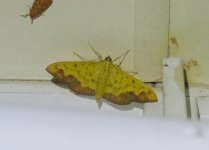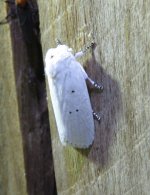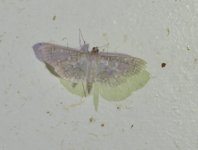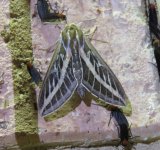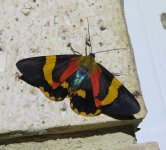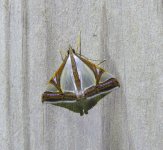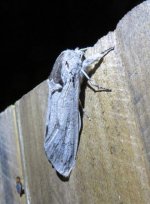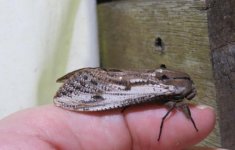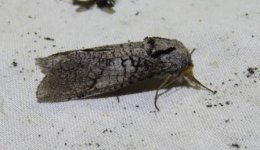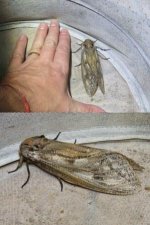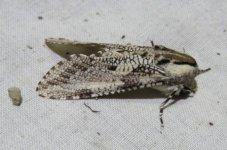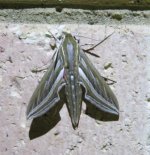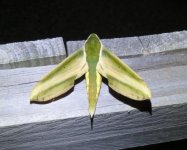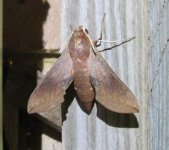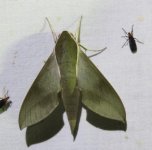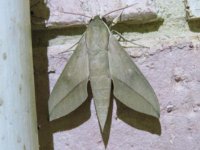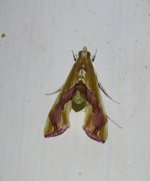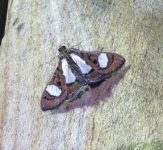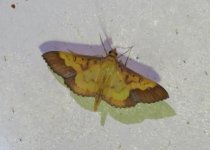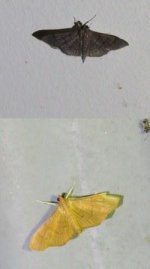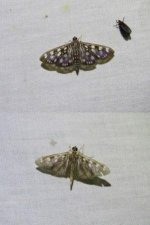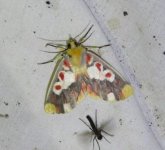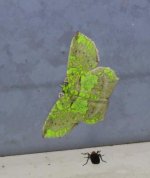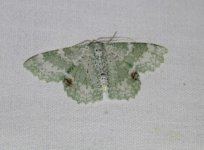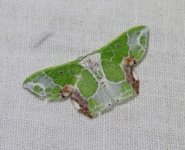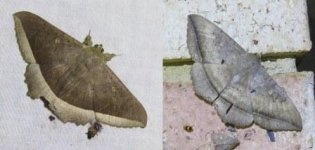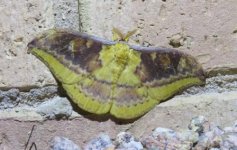And my final post for September being three so called "micro" moths although the size of the first Botyodes asialis (Crambidae, Spilomelinae) belies that name as its wing span is at least 4cm!
The second Cryptophasa pultenae (Xyloryctidae; Xyloryctinae) was new to me and quite a surprise to catch it this far north, earlier in the week I had been having a conversation with the Xyloryctidae expert here and discussing pure white species in particular. Ian assured me that this was the one species that I would not catch....
The final species Nausinoe euroalis (Crambidae, Spilomelinae) which apparently also occurs in India, but I have to say the photos on iNaturalist from India do not look like the single specimen that is on BOLD.
The second Cryptophasa pultenae (Xyloryctidae; Xyloryctinae) was new to me and quite a surprise to catch it this far north, earlier in the week I had been having a conversation with the Xyloryctidae expert here and discussing pure white species in particular. Ian assured me that this was the one species that I would not catch....
The final species Nausinoe euroalis (Crambidae, Spilomelinae) which apparently also occurs in India, but I have to say the photos on iNaturalist from India do not look like the single specimen that is on BOLD.




